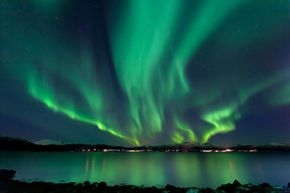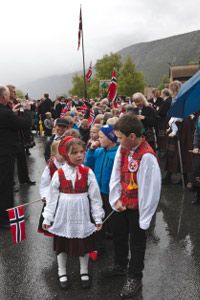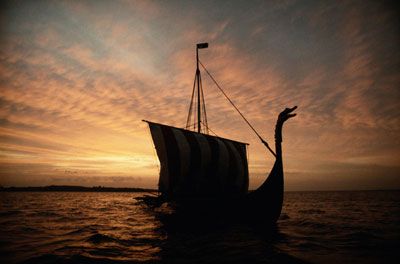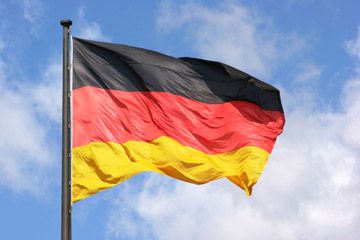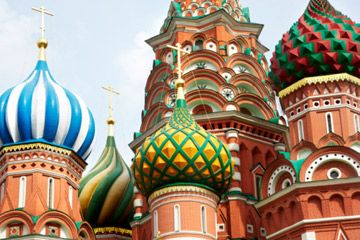When you think of vacation destinations, Norway's icy crags and well-below-freezing temperatures might not come to mind. But what if we mentioned world-class skiing, breathtaking scenery and Christmas traditions that insist on seven kinds of cookies? In this article, we'll explore the rich cultural side of Norway that the weather reports don't tell you about.
However, there's no getting around it: Norway gets cold. It's located at the northern border of Europe, and while summer temperatures reach 77 to 86 degrees Fahrenheit (25 to 30 degrees Celsius) in the summer, they can dip to negative 40 degrees Fahrenheit and Celsius in the winter [source: Innovation Norway]. Yes, that's as cold as it sounds. A portion of the country is located within the Arctic Circle, and Norway was virtually uninhabitable until after the last ice age. Combined with its relative isolation, it's easy to see why would-be visitors may have hesitated to put Norway on their itineraries.
Advertisement
If you lived circa 800, the Vikings also didn't help. The Vikings were a warlike civilization known for their long, low boats and brutal attacks on surrounding European populations -- primarily the British Isles, but no coastal region from Spain to Baghdad was safe [source: Kagda]. Their families back home benefited from the slaves and valuable goods that these pirates brought from their raids -- enough to form a significant middle class [source: Lonely Planet. While the modern world might remember the Vikings for their brutality, they weren't all warriors, and many Norwegians believe that history calls for a more balanced view of the group [source: Kagda].
If you're thinking that Viking ancestry, years of relative isolation and a survival-of-the-fittest climate probably adds up to a strongly individualized set of traditions, you'd be right. Let's take a look at how some of those traditions keep Norwegians fed.
Advertisement
